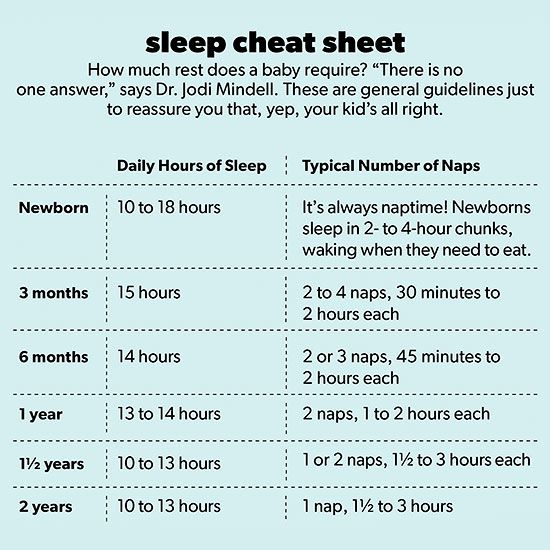If you’re reading this, chances are you’ve experienced the late-night shuffle, the desperate rocking, and the exhaustion that comes with having a baby who won’t sleep. The good news? You’re not alone. Sleep deprivation is a rite of passage for new parents, but it doesn’t have to be a permanent state.
This is where sleep training your baby comes in—it’s not about letting your baby cry it out forever, but rather about teaching them the crucial life skill of falling asleep independently.
Think of it as a a long-term investment in your family’s well-being. A well-rested baby is a happier baby, and a well-rested parent is a more patient, present, and joyful parent. The idea of structured sleep might sound daunting, but with the right approach and a little bit of patience, you can help your little one establish healthy sleep habits that will last a lifetime.
In this comprehensive guide, we’ll walk you through the why, when, and how of sleep training your baby, offering practical, actionable advice to help you succeed.
When to Start: Timing Is Everything
So, when is the right time to begin sleep training your baby? Most experts agree that the sweet spot is typically between 4 to 6 months of age. At this stage, your baby’s circadian rhythm is starting to mature, and they are physically capable of sleeping for longer stretches. Before this, newborns need to eat frequently and are not developmentally ready for formal sleep training.
Before you begin, consider these factors:
- Your Baby’s Health: Is your baby healthy and gaining weight well? Always check with your pediatrician before starting any sleep training method to ensure your baby is ready.
- Your Readiness: Are you and your partner on the same page? Consistency is key. You need to be ready to commit to the process, even on the tough nights.
- A Solid Foundation: Have you established a consistent bedtime routine? A calming routine is the cornerstone of successful sleep training. This could include a warm bath, a gentle massage, a story, and a lullaby.
Understanding the Most Popular Sleep Training Methods
There are several approaches to sleep training, and what works for one family may not work for another. The key is to choose a method that aligns with your parenting style and your comfort level with crying.

1. The “Cry-It-Out” (CIO) Method
This method, often associated with Dr. Richard Ferber, involves letting your baby self-soothe without parental intervention. The baby is put to bed awake and left to fall asleep on their own. While this can be a difficult method for some parents to endure, it often yields fast results. The key is consistency.
The first few nights are the hardest, but many parents report significant improvement within a week. It’s important to note that “cry-it-out” doesn’t mean never going back in. Dr. Ferber’s method includes timed checks to reassure your baby.
2. The “Ferber” or “Graduated Extinction” Method
This is a modified version of CIO. You put your baby down awake and leave the room. If they cry, you return to their room at increasing intervals (e.g., 3 minutes, then 5, then 10). During these check-ins, you offer a few comforting words but avoid picking up or rocking the baby. This gradual approach allows parents to feel more in control while still teaching their baby to self-soothe.
3. The “Chair” or “No-Tears” Method
For parents who prefer a gentler, more hands-on approach, the Chair Method (popularized by Dr. Kim West, also known as “The Sleep Lady Shuffle”) is a great option. You place a chair next to your baby’s crib and sit there until they fall asleep. Over the course of several nights, you gradually move the chair further away until you are out of the room.

This method minimizes crying and provides a sense of security for both parent and child, but it may take longer to see results.
4. The “Pick Up/Put Down” Method
Developed by Tracy Hogg (“The Baby Whisperer”), this method is highly responsive. When your baby cries, you pick them up to soothe them, and as soon as they stop crying, you put them back down. The goal is to avoid rocking them to sleep. This method requires a lot of patience and repetition, but it is very popular among parents who want to avoid any form of CIO.
Also Read: A Complete Checklist for a Newborn Baby
Top Tips for Success: Making Sleep Training a Smooth Journey
No matter which method you choose, a few universal principles will dramatically increase your chances of success.
- Establish a Consistent Bedtime Routine: As mentioned earlier, this is non-negotiable. A predictable routine signals to your baby that it’s time to wind down. Aim for a routine that is 20-30 minutes long.
- Create a Sleep-Friendly Environment: A dark, quiet, and cool room is ideal. Consider using blackout curtains to block out light and a white noise machine to muffle external sounds. For safety, ensure the crib is free of loose blankets, pillows, or stuffed animals.
- Be Patient and Consistent: This is perhaps the most important tip. There will be good nights and bad nights. Stick to your chosen method, even when it’s tough. Inconsistency can confuse your baby and prolong the process. A study published by the journal Pediatrics found that babies who underwent sleep training at 6 months showed no adverse effects on their stress levels, development, or emotional well-being compared to a control group. This reinforces that when done correctly, sleep training is a safe and effective tool.
- Watch Your Baby’s Sleep Cues: Pay attention to signs of tiredness, such as rubbing eyes or yawning. Putting a baby to bed when they are overtired can make it much harder for them to fall asleep.
- Address Night Feeds: For babies over 6 months, a pediatrician may advise that night feeds are no longer necessary. If this is the case, you can gradually reduce the amount of milk or formula given during the night until it’s eliminated.
Tackling Common Hurdles and Finding Support
Sleep training isn’t always a linear process. You might encounter bumps in the road, such as a sleep regression, a growth spurt, or illness. When this happens, it’s okay to pause or adjust your approach. The key is to get back on track once your baby is feeling better.
For more information on the benefits of sleep and a scientific perspective on infant sleep patterns, you might find this article from the National Institutes of Health to be a valuable resource. It provides a deeper look into the biology of sleep and its importance. For a more anecdotal and parent-focused resource, consider exploring sites like What to Expect for community forums and personal stories.
If you find yourself struggling, remember that professional help is available. A certified pediatric sleep consultant can provide a personalized plan and one-on-one support.
A Peaceful Night’s Sleep Awaits
Sleep training for baby is a journey, not a race. It requires patience, consistency, and a whole lot of love. It’s not about ignoring your baby’s needs but about empowering them with the tools to find comfort and security on their own.
By teaching them to fall asleep independently, you are giving them the gift of restorative sleep, which is vital for their growth and development. And let’s be honest, you deserve that gift, too.
Ready to start your journey to a full night’s sleep? Share your sleep training questions and experiences in the comments below! We’d love to hear from you.

















